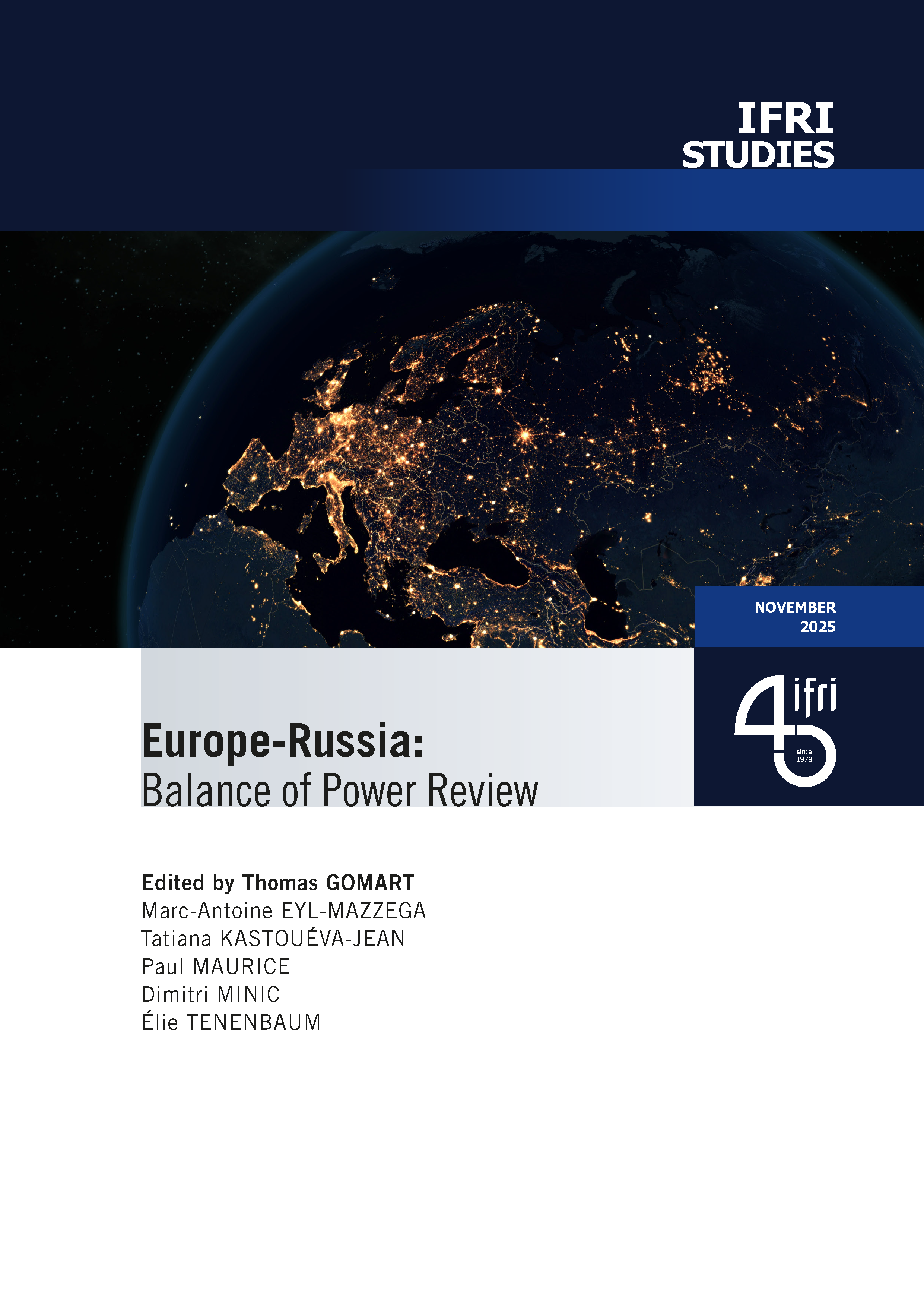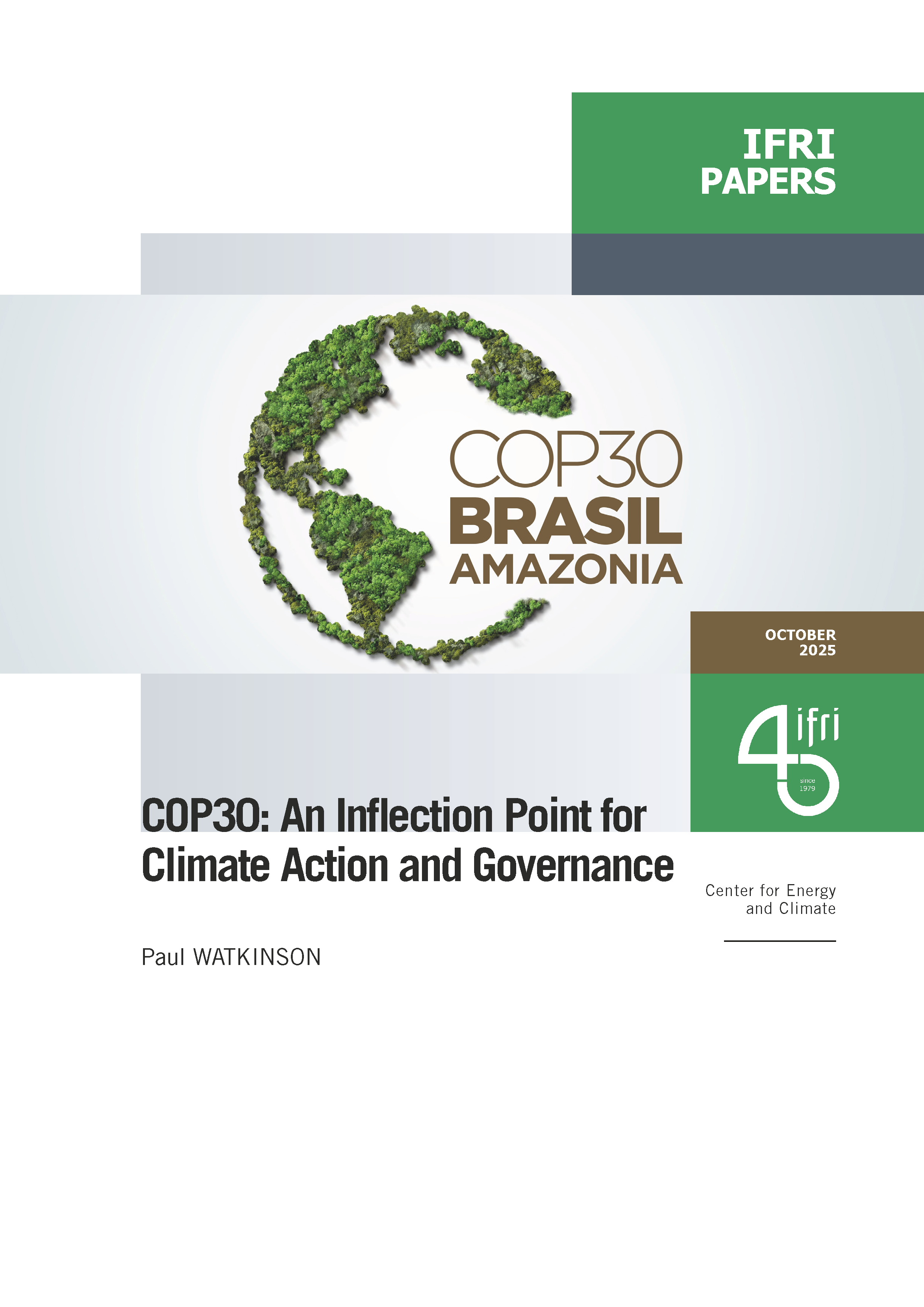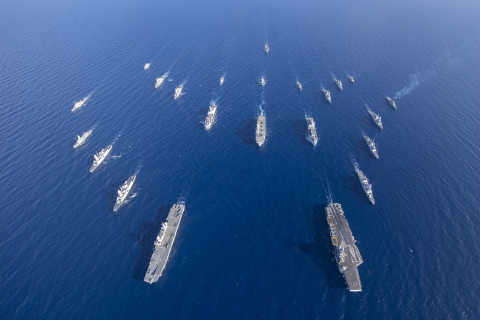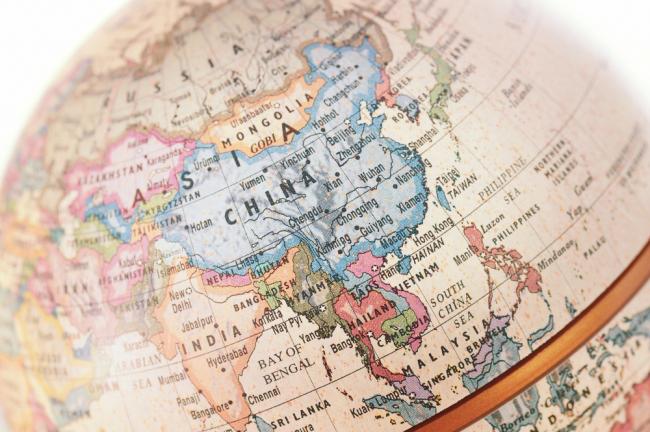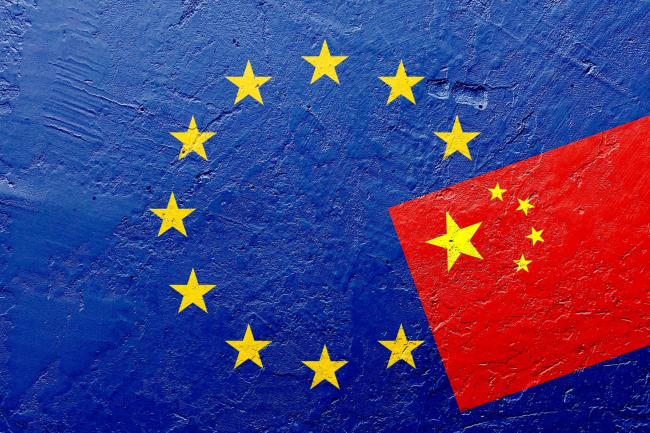Globalization of Japanese firms: Long-run Trends, Cross-sectional Variations, and Policy Implications

Japanese firms are increasingly involved in various global business operations - not only in traditional international trade in goods, but also in offshore production and the new mode of globalization: offshore outsourcing.
While it had been persistently low, the share of international trade in the Japanese national economy began to rise at the start of the 21st century. Cross-border relocations of production are likely to be at least partly related to shrinking trade surplus.
Japanese manufacturing firms produce more and more of their outputs abroad. The production networks of Japanese multinational firms are deeply integrated with intra-region international trade in East Asia.
Cross-border outsourcing between firms without ownership relations is of increasing importance in international trade, though only a limited number of productive large firms are actively offshoring. The range of offshorable tasks has been expanded from production of intermediates to wider varieties of service functions through the development of information technologies, but our firm-level analyses suggest that complex tasks such as R&D remain largely outsourced within the same country. The role of innovation in Japanese competitiveness should be emphasized in this context.

Available in:
Regions and themes
ISBN / ISSN
Share
Download the full analysis
This page contains only a summary of our work. If you would like to have access to all the information from our research on the subject, you can download the full version in PDF format.
Globalization of Japanese firms: Long-run Trends, Cross-sectional Variations, and Policy Implications
Related centers and programs
Discover our other research centers and programsFind out more
Discover all our analyses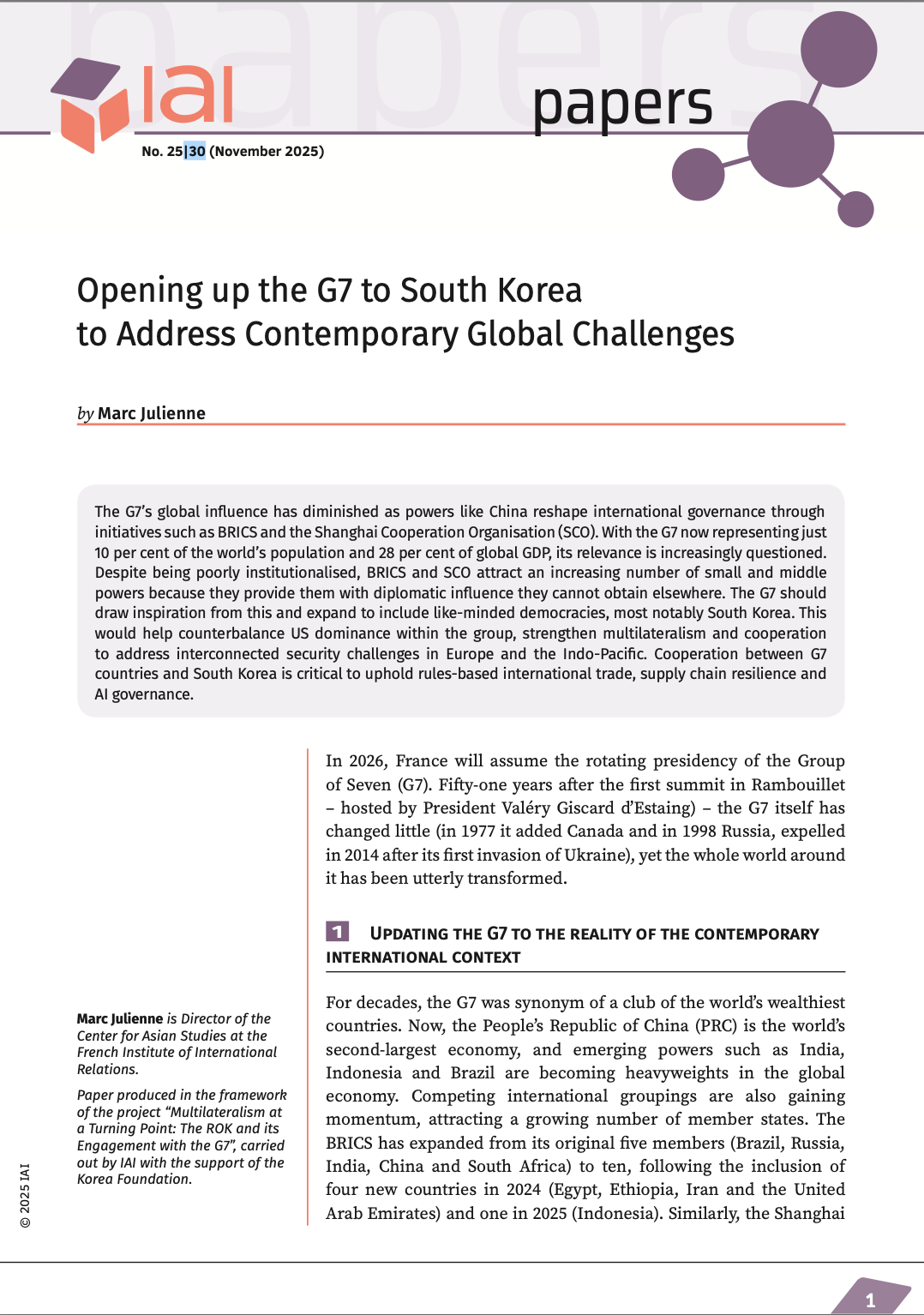
Opening up the G7 to South Korea to Address Contemporary Global Challenges
The G7’s global influence has diminished as powers like China reshape international governance through initiatives such as BRICS and the Shanghai Cooperation Organisation (SCO). With the G7 now representing just 10 per cent of the world’s population and 28 per cent of global GDP, its relevance is increasingly questioned.
Expanding SPDMM as a pivotal institution in the Pacific – A French perspective
The South Pacific Defence Ministers’ Meeting (SPDMM) is the only forum that brings together defense ministers from the wider South Pacific — including Chile, which is hosting it for the first time. This heterogeneous group of countries with varying resources, capacities, and interests — Australia, Chile, Fiji, France, New Zealand, Papua New Guinea (PNG), and Tonga — are united by their shared determination to strengthen cooperation on maritime security and humanitarian assistance and disaster relief (HADR) activities.
EU’s Derisking From China: A Daunting Task
With economic security as a major concern, the EU has recently turned to “derisking” from China. The EU strategy entails reducing critical dependencies and vulnerabilities, including in EU supply chains, and diversifying where necessary, while recognizing the importance and need to maintain open channels of communication.
Sri Lanka’s NPP Government. From System Change to Structural Compliance
In September 2024, a relative outsider to Sri Lanka’s two-party-dominated political system, Anura Kumara Dissanayake, won the presidential elections. The anti-establishment, populist movement he represented, the National People’s Power (NPP), went on to receive an overwhelming mandate in the November 2024 general elections, winning 159 seats in a 225-member parliament.


